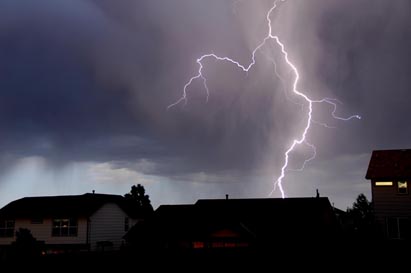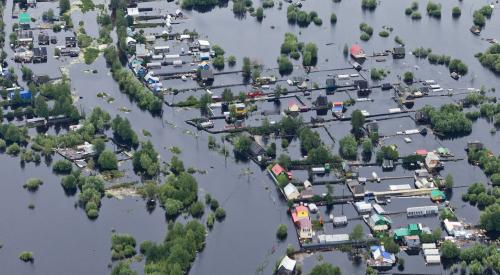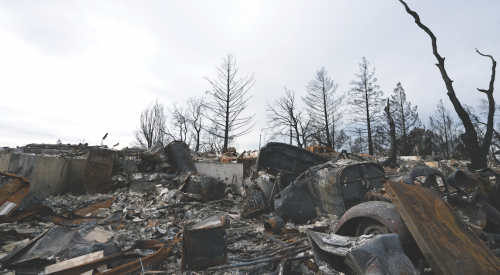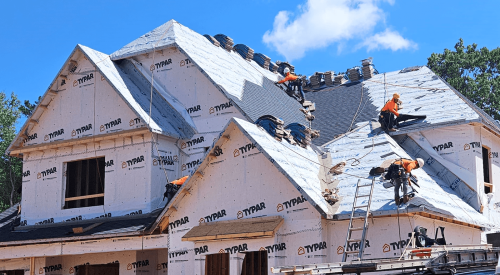Newport Partners LLC, a Maryland-based consulting firm, announced the results of a U.S. Department of Housing and Urban Development-funded research project, “Safer, Stronger Homes: Protecting Your Risk During a Natural Disaster.” The project team created a how-to guide of simple, low-cost mitigation strategies for builders and homebuyers to improve their home performance during natural disasters.
“Local building codes have improved dramatically over the past two decades, but as we witnessed this past week with severe weather patterns, they cannot address everything that might go wrong in a home,” said Jay Crandell, ARES Consulting and part of the Newport Partners project team. “This disaster-proofing guide will help builders and homebuyers fill some of the gaps by addressing known failures not typically addressed by code.”
The strategies were highlighted at the National Association of Home Builders (NAHB) Codes and Standards Committee during the 2012 International Builders Show last month in Orlando.
Working with an expert advisory committee of builders, engineers and code officials with direct experience with homes in natural disasters, the group identified 14 strategies that offer big payback for minimal investment like better nailing patterns that can save homeowners thousands in damages.
The guide addresses four main disaster risks—winds, seismic forces, floods, and wind-driven rain—that account for billions of dollars in home damage each year. The individual strategies are:
· Wind-resistant roof configurations
· Enhanced roof sheathing attachment
· Wind and water-resistant roofing underlayment
· Wind-resistant roof coverings
· Improved gable overhang framing
· Reinforced gable end wall construction
· Improved siding and other exterior wall finishes
· Enhanced wind pressure and rain-resistant window and door components
· Roof ventilation practices to prevent wind-driven rain penetration
· Enhanced water-resistive barrier and flashing practices
· Reinforced continuous load path
· Earthquake and wind-resistant chimneys
· Extra elevated foundations
· Prevention of tree-fall damage with wind-resistant landscaping
To read the how-to guide, click here.












